
Japanese Garden Tools Vs. American: What’s the Difference?
You may have seen Japanese gardening tools popping up more in stores and online. Sure, they&rs… Read More
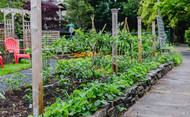
Two years ago, Annie Forsthoefel and her husband, Neal, cut down the giant pine overshadowing their front yard and turned their house into Portland’s smallest working extreme urban farm.
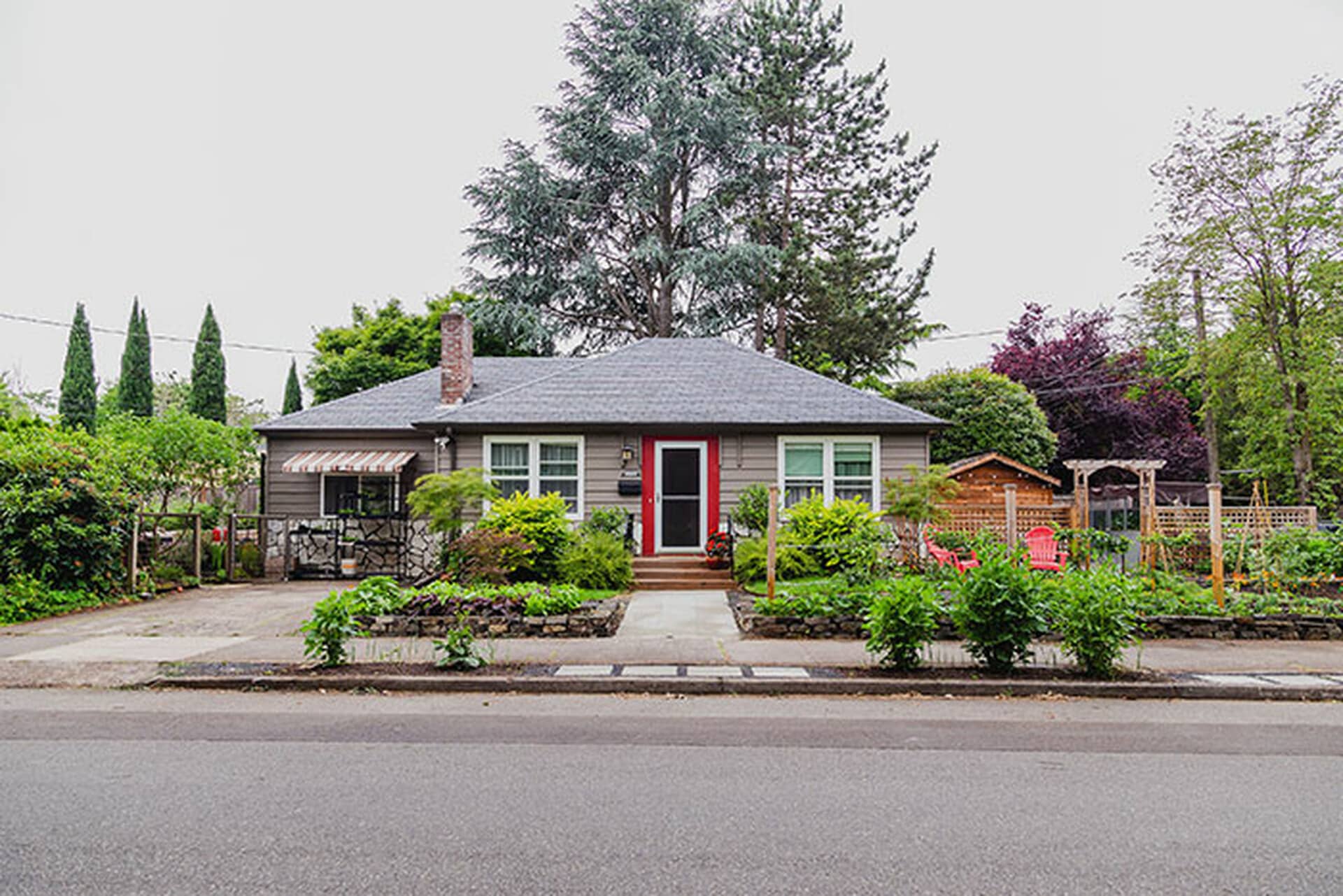
Annie’s Urban Farm produces more than 200 varieties year-round on just one-third of the Forsthoefels’ 5,500-square-foot lot. Flowers and espaliered fruit trees ring the property. Greens and vegetables planted in swirling patterns fill every corner of the yard. Along one side of the house are the couple’s massive aquaponics setup: Big mouth bass circle inside large water tanks and the water circulates through hydroponic beds where lush greens and vegetables grow, fed by the fish waste, which cleans the water in the process.
The extreme urban farm allows Annie to apply the lessons she has learned after running a restaurant in rural Ohio, managing the farm at the Naropa Institute in Colorado, and working for a hydroponics company. She supplies lettuce mixes to local restaurants, teaches classes, and cooks farm dinners in her living room.
If anyone has advice on how to make the most of small space gardening, it’s Annie.
The major challenge I face is being able to grow constantly. I have to think: if something’s growing down, is there enough energy for something to grow up? Are there enough nutrients? If I’m growing red beets, for example, which require a lot of energy to produce their bulbous roots, I can grow lettuces, which need less energy, next to them. There are great books on companion planting out there: Louise Riotte’s Carrots Love Tomatoes is my favorite, as well as James Paris and Norman Stone’s classic, Square Foot Gardening. I design for the best compatibility—not only for nutrient level but also in the sentient level of beauty. My motto is beauty, bounty, and biodiversity.
I have really condensed spaces, so I can’t use big tools. My core tools include a small hand fork—I use the same one I got as a gift in 1995. The other tool I use the most is a really sharp knife for harvesting. And then my pruners. I prune a lot throughout the year.
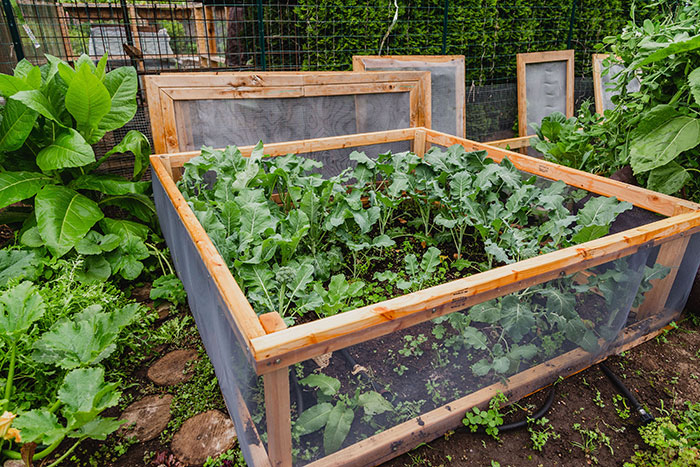
I don’t grow large volumes, so I have to make sure everything has the best chance possible. Having cloth row covers protects the majority of the plants from pests. I also grow a lot of flowers to help with integrated pest management. (Marigolds are great, for instance, because they give off a chemical that they say can repel any insect.)
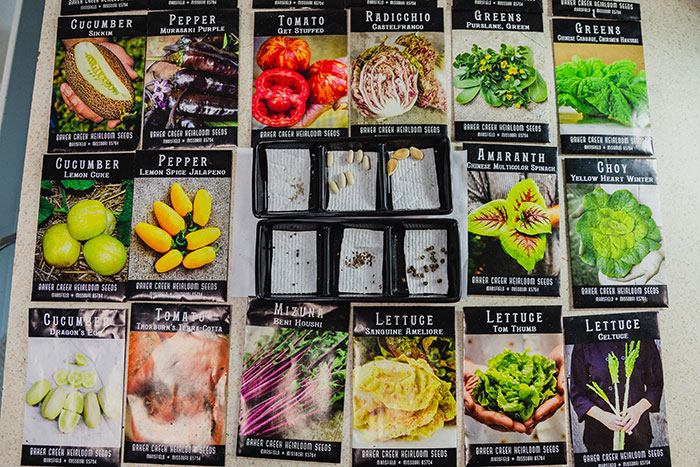
The reason I sprout my own is so I can select seeds that have the most integrity and resilience. There are companies with integrity (Johnny’s Seeds is a favorite) who are saving heirlooms and open-pollinated seeds. I germinate my own seeds on a set of wire shelves underneath T8 fluorescent lights. When they’re a few weeks old I bring the seedlings outside, covered, to “harden” before planting them in the ground.
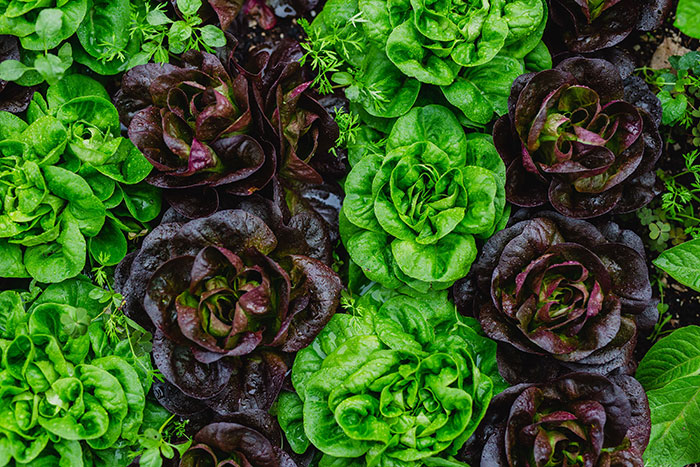
I use a brand of soil that’s peat-free. I take water from the fish tanks to nourish the seedlings. I also make teas from worm compost bins I keep in the basement. And I add vermiculture, blood meal, bone meal, fish emulsion, and trace nutrients to the soil.
This interview about extreme urban farming was edited and condensed for brevity.